When bugs become features: why dynamic game systems surprise their creators
Some outcomes are impossible to predict.
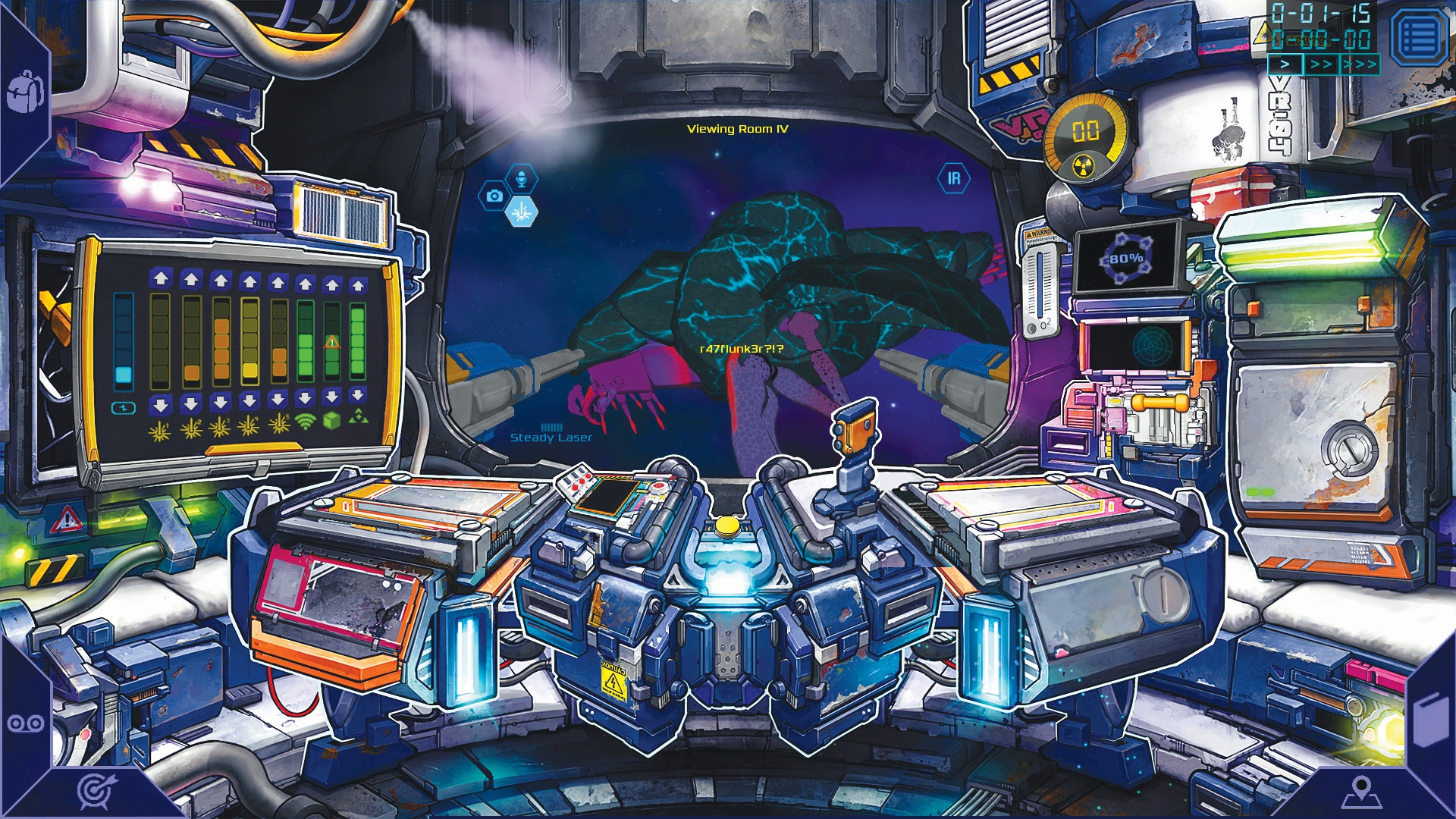
This article was originally published in PC Gamer issue 321. For more quality articles about all things PC gaming, you can subscribe now in the UK and the US.
What is a bug? Asking that question can send you on an unusual journey, especially when you consider games like Caves of Qud, where a ‘flaw’ could easily be an incredible source of tactical complexity. “it’s possible to acquire a mental mutation that lets you dominate the minds of other creatures,” says Caves of Qud cocreator Jason Grinblat. “what this means is: for a limited duration, you walk around the map as the dominated creature—with access to their skills and powers—while your body remains dormant. if the dominated creature itself has the same mental mutation, or if you manage to acquire it while possessing the creature’s body (by, say, gaining a level as the dominated creature and spending your mutation points to buy Domination), you can then dominate your own dormant body. But the game only tracks the domination stack one level deep. so when the duration of this second domination expires, you end up back in the body of the creature you originally dominated. permanently. players have used this quirk/ exploit/existential ego-death to play out the rest of their characters’ lives as goats, plants, robots and even sentient doors.”
One of the difficulties of encouraging systemic interactions is that the process is reactive. It requires time to build, time to test and even more time to adjust the factors making up the final result you want to create. Once the result is put into the hands of players, new complications are revealed, as Dan Hindes of 2D immersive sim Wildfire can attest.
“The player character has the power over fire, water and earth. They draw that power from sources of those elements in the environment, hold it in their hands, and throw it somewhere else to create a new effect,” Hindes explains. “The player draws from a source of water, turns that water into ice, then throws that ice at a guard to freeze them. When frozen, characters form a block of cubic ice around themselves. This ice is solid and can be grabbed, mantled onto, or stood upon. The game does not distinguish between ‘alive’ or ‘dead’ characters for this mechanic, though the design always assumed that ‘alive’ enemies would be the ones to get frozen.

"As a result, the player can still create that same traversable block of ice around dead characters. Dead bodies can be picked up and moved. This mechanic exists for the traditional stealth game reasons of hiding a body so that other enemies won’t be alerted by it. However, in this example, the player froze one dead enemy, then threw another dead enemy on top of the first frozen one, then froze that second enemy, to create an ‘ice staircase’ allowing them to reach higher unintended areas.”
Hindes decided to reinforce ice staircases as a set of performable actions. “Wildfire was created precisely to explore systemic design and the resulting emergent gameplay in a smaller scale, 2D format. It does, however, exponentially add more time to development to include them,” says Hindes.
Emergent experiments
The core of emergence is player action – what someone will do with the world, and whether it’s actually possible. In space survival roguelite Deep Sixed, where players attempt to keep a ramshackle starship together while completing missions, developers Little Red Dog Games found them recording the mating calls of prey and using it to distract predators. “There was a fear that this exploit would break the game—making it too easy to survive an onslaught of apex monsters by calling in some fresh meat,” says co-founder Ryan Hewer. But not all predators would “take the bait” as it were, and those that did often were able to work with others in their pack to take out the prey. “It was cool to watch, and might buy you a few critical seconds, but it was far from gamebreaking, so we decided to keep it.”
Keep up to date with the most important stories and the best deals, as picked by the PC Gamer team.
This player-focused line of thought thrives in multiplayer. “Players found a way to use shrink potions to grow items to enormous sizes which would crash the server if they collided with these windchimes we had in the game,” the developers of absurd lo-fi graphical chatroom WizMUD tell me. “We ended up just taking out the windchimes for that one.”
Developing games with emergent systems means constantly defining and redefining the line between a noteworthy addition, or a horribly complicated burden. It’s a hidden, messy, work-intensive, reactive process – one that makes you truly question the line between a bug, and the features you fall in love with every day.
Cutting edges
Where developers found cutting a system necessary to make their game better.
You must be 18 or older to enter
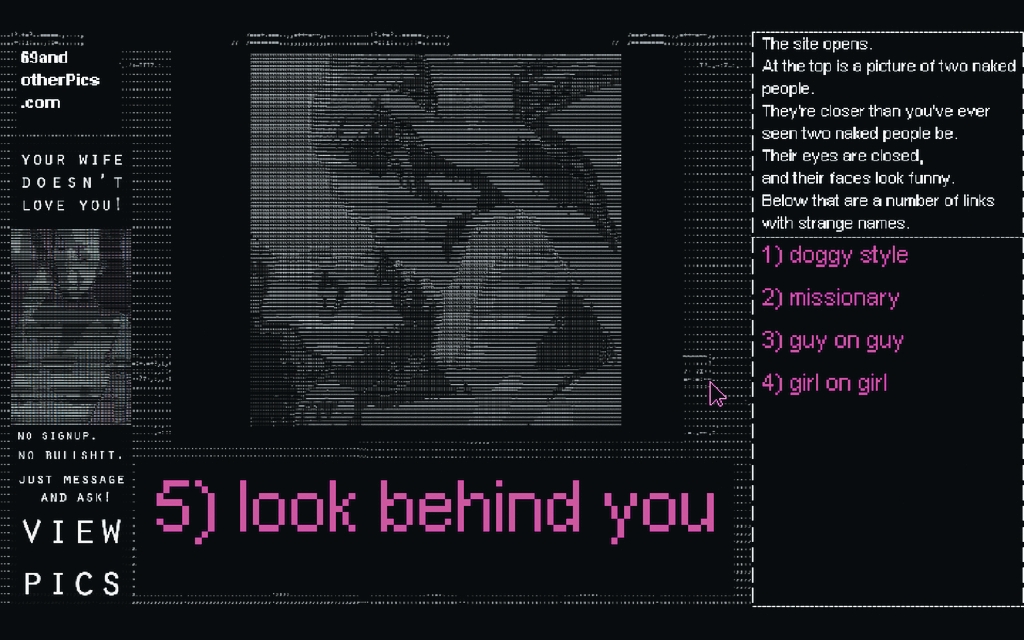
The adolescence-themed horror game originally allowed your protagonist to get caught and ‘fail’. Eliminating that made the fear inspired by the game’s systems significantly more effective.
Blade 2
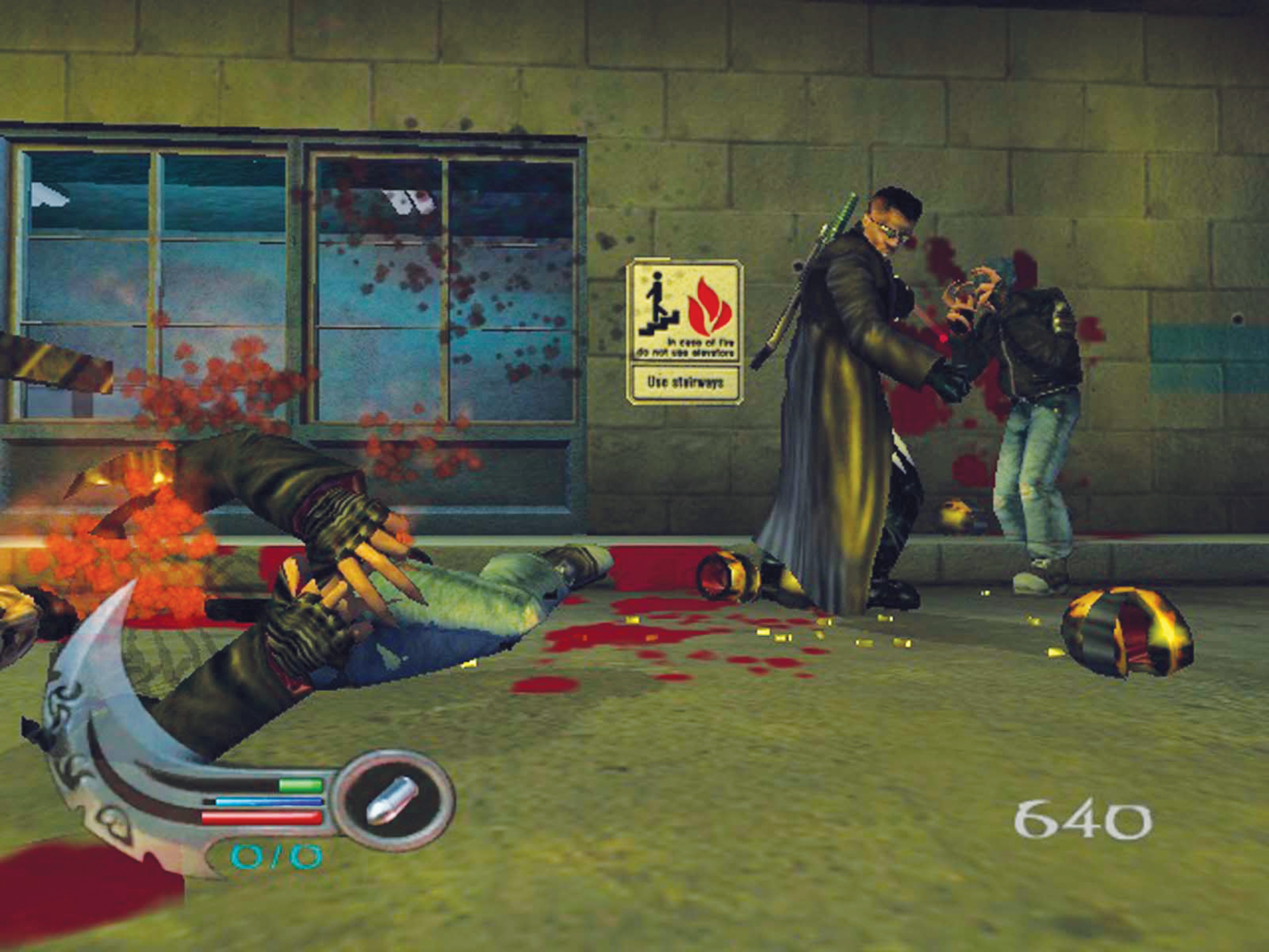
This action game contained a system where wounded vampires could retrieve allies from further in the level and bring them back to fights, allowing the player to eliminate an entire level’s forces in one extended battle.
The Spatials: Galactology
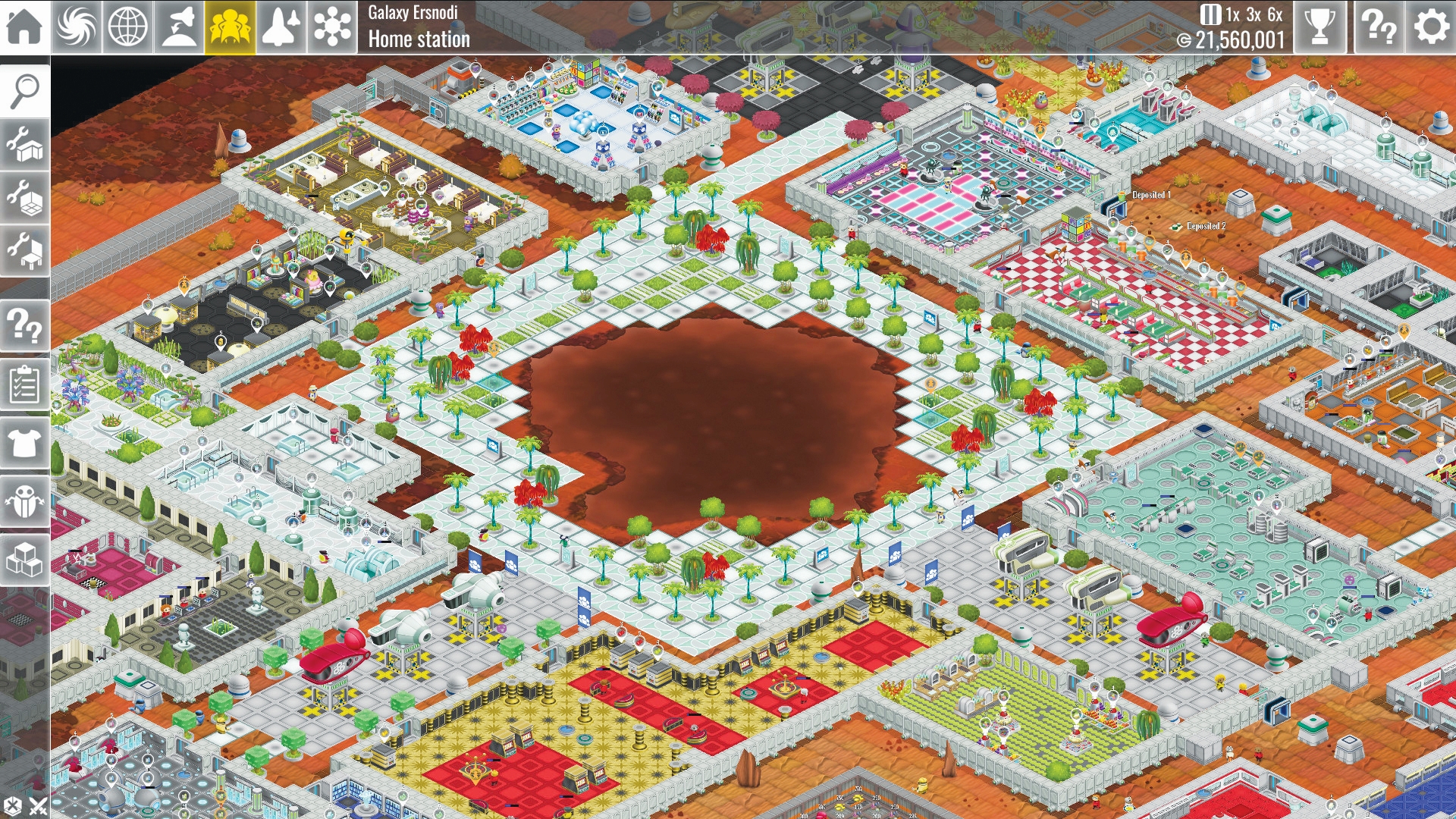
Officers in the space colony management game could be influenced by the aesthetics of their environments, causing players to blame carpet choices and potted plant placement for the failure or success of their stations.
Vulture
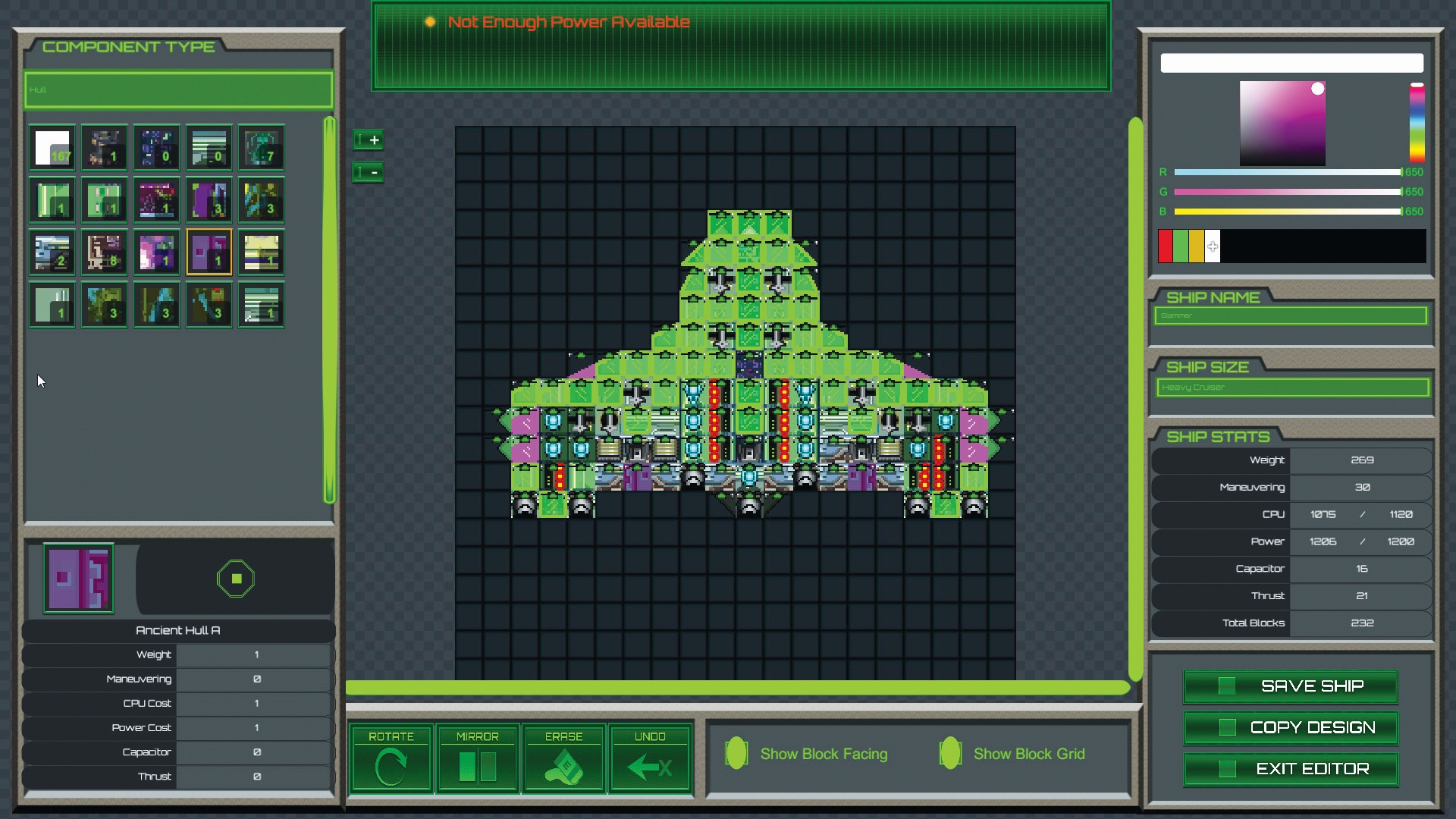
Action-building game Vulture ensured that allies couldn’t crash into each other – at first. But when ships contain many blocks, the calculations that determined if an overlapping piece was from a friendly ship crashed the game.

